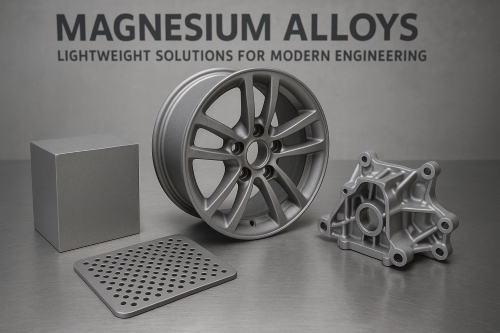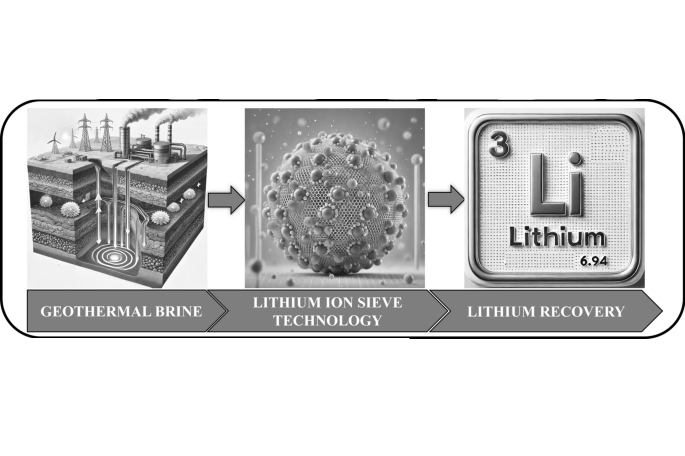Engineering Properties Of Zirconia
Introduction
Zirconium dioxide (ZrO2), commonly known as Zirconium dioxide, is a white crystalline oxide with a range of applications from gemstone synthesis to the use of simulated diamond. This study considers the technical properties of zirconium dioxide, detailing its crystal structures, phases and the role of stabilising dopants.
Crystal Structures and Phase Transitions
In its natural state, zirconium dioxide exhibits a monoclinic crystal structure, as found in the mineral Baddeleyite. At room temperature it retains the monoclinic phase, but at elevated temperatures it transforms into tetragonal and cubic structures. The volume changes during these transitions induce stresses that can result in cracks during cooling from high temperatures. The stabilisation of the tetragonal and cubic phases is achieved by incorporating dopants such as Magnesium Oxide, Yttrium Oxide, Calcium Oxide and Cerium(III) Oxide.
-oxid.png)
Stabilisation and Effective Dopants
The performance of zirconium dioxide is optimised in its stabilised phase, which minimises unwanted phase transitions during heating. Yttrium Oxide proves to be an effective dopant when added in small quantities. Its incorporation prevents undesirable phase transitions and improves the thermal, mechanical and electrical properties of the material. The tetragonal phase, when maintained in a metastable state, is transformed in a manner that compresses crack formation, delays crack propagation and increases fracture resistance, thereby extending the service life of products utilising stabilised zirconium dioxide.
Variability of the Band Gap
The band gap of ZrO2 depends on its phase (cubic, tetragonal, monoclinic or amorphous) and on the preparation methods. The estimated band gap ranges from 5 to 7 eV (0.80–1.12 aJ) and varies with the crystal structure, consequently affecting the electronic properties of the material.
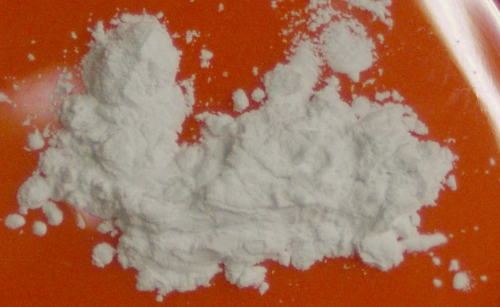
Tetragonal Zirconium Dioxide Polycrystal (TZP)
A specific form of zirconium dioxide is the tetragonal zirconium dioxide polycrystal (TZP). This polycrystalline form consists solely of the metastable tetragonal phase. Its configuration is of interest in materials science and shows potential in various technical applications.
Conclusion
Zirconium dioxide, with its distinct crystal structures, phase transitions and the influence of stabilising dopants, is a ceramic material with well-documented technical properties. The calculated addition of dopants not only prevents unwanted phase changes during heating but also improves thermal and mechanical performance, thereby extending the product lifespan of items that utilise stabilised zirconium dioxide. Stanford Advanced Materials continues to contribute to the forefront of materials research and supports the development and application of zirconium dioxide.

 Bars
Bars
 Beads & Spheres
Beads & Spheres
 Bolts & Nuts
Bolts & Nuts
 Crucibles
Crucibles
 Discs
Discs
 Fibers & Fabrics
Fibers & Fabrics
 Films
Films
 Flake
Flake
 Foams
Foams
 Foil
Foil
 Granules
Granules
 Honeycombs
Honeycombs
 Ink
Ink
 Laminate
Laminate
 Lumps
Lumps
 Meshes
Meshes
 Metallised Film
Metallised Film
 Plate
Plate
 Powders
Powders
 Rod
Rod
 Sheets
Sheets
 Single Crystals
Single Crystals
 Sputtering Target
Sputtering Target
 Tubes
Tubes
 Washer
Washer
 Wires
Wires
 Converters & Calculators
Converters & Calculators
 Write for Us
Write for Us
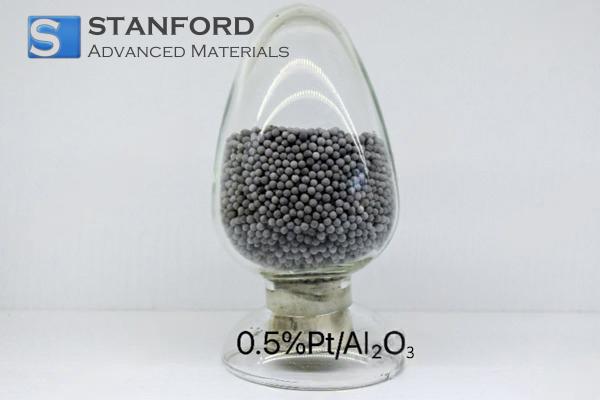
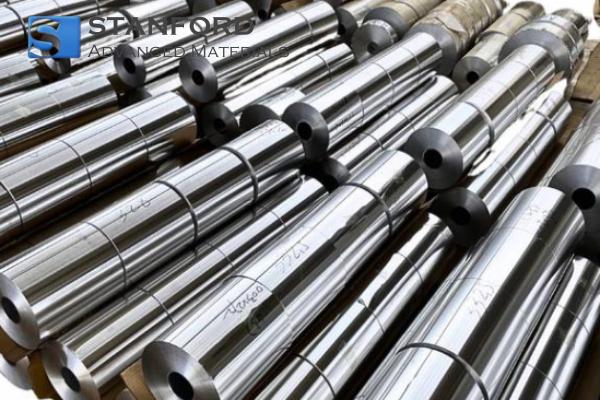
 Chin Trento
Chin Trento

